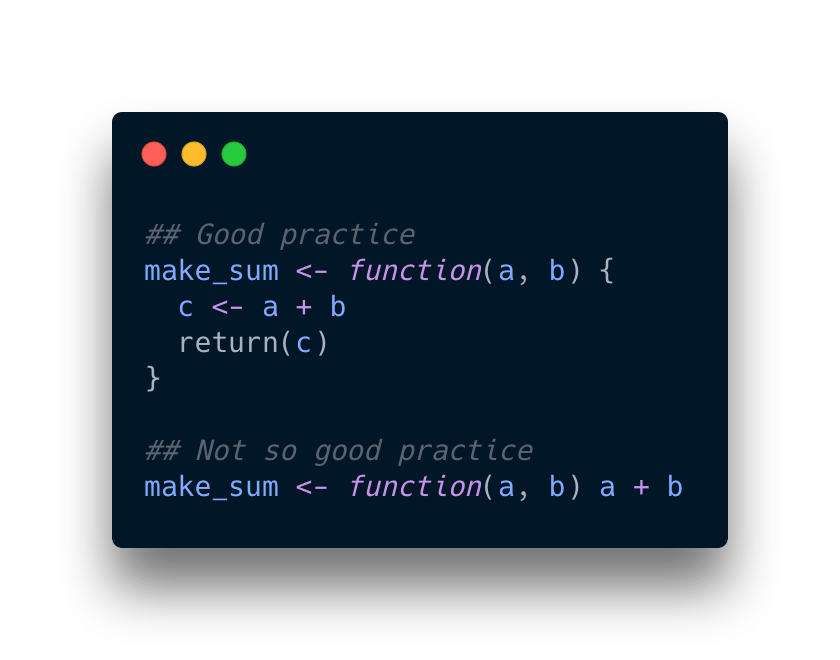
As some inspiration for today, I collected a loose list of recommendations (data/tech communities, blogs, and podcasts) for anyone interested in the #data field 👩🏼💻
💜 R-Ladies, PyLadies, and CorrelAid — these are fantastic communities! Before founding @rladies_cologne last year, I had only positive experiences with the community - they have interesting talks and the Slack community is extremely helpful when you have a question 😊
@rladies_cologne (so, if you’re new and just stumbled upon the account - welcome to @RLadiesGlobal! 🥰)
@rladies_cologne @RLadiesGlobal 💙 The same goes for @pyladies 🐍 my vision has always been to bring both communities together and it’s been a fun ride to host our first R-Ladies💜PyLadies event in July this year (with more to come!)
@rladies_cologne @RLadiesGlobal @pyladies 💚 @CorrelAid is a #data4good organization that has a fantastic network across Europe. If you're looking for a place to be voluntarily active with data, this might be your best choice 🤩
@rladies_cologne @RLadiesGlobal @pyladies @CorrelAid 💛 Another great network is @wimlds (founded by Erin LeDell) - they also have a Slack channel which is my go-to place for tricky (not necessarily language-specific) questions 😊
@rladies_cologne @RLadiesGlobal @pyladies @CorrelAid @wimlds 🧡 With @data_angels (initiated by @jessica_cherny) you'll also get a fantastic Slack community where Jessica regularly organizes fireside chats, the network shares career insights or has mentoring rounds 😊
@rladies_cologne @RLadiesGlobal @pyladies @CorrelAid @wimlds 🎙 If you're up for written or audio input, there are a few podcasts where I more or less regularly tune in:
@rladies_cologne @RLadiesGlobal @pyladies @CorrelAid @wimlds 🤍 "The Data Scientist Show" by @DalianaLiu - she interviews so many interesting people and was my frequent companion when I commuted to work by bike 🚲 — @datasci_show or apple.co/3BcHGfY
@rladies_cologne @RLadiesGlobal @pyladies @CorrelAid @wimlds @DalianaLiu @datasci_show 🧡 "Build a career in data science" (it follows the book which I can only recommend!) by @skyetetra and @robinson_es — podcast.bestbook.cool
@rladies_cologne @RLadiesGlobal @pyladies @CorrelAid @wimlds @DalianaLiu @datasci_show @skyetetra @robinson_es 💙 “Making Data Simple” (by @amartin_v) talks about the latest developments in data and #AI. The podcast also addresses philosophical questions such as the need for improved designs and biases which make you think and reflect on your own work) - ibm.co/MDSpodcast
@rladies_cologne @RLadiesGlobal @pyladies @CorrelAid @wimlds @DalianaLiu @datasci_show @skyetetra @robinson_es @amartin_v ♥️ “ @LadybugPodcast - debugging the tech” (by @EmmaBostian, @ASpittel, @kvlly, and @shidonichan) about so many great insights into the tech world - from #agile work over #API to salary negotiations. I love the variety and richness in their episodes 👩🏼💻 — ladybug.dev
@rladies_cologne @RLadiesGlobal @pyladies @CorrelAid @wimlds @DalianaLiu @datasci_show @skyetetra @robinson_es @amartin_v @LadybugPodcast @EmmaBostian @ASpittel @kvlly @shidonichan 💜 And then there are of course @Rbloggers and @rweekly_org which I follow on Twitter (but they also have email newsletters)
But I'm always open to exploring more - what are your favorites? 🤓
But I'm always open to exploring more - what are your favorites? 🤓
• • •
Missing some Tweet in this thread? You can try to
force a refresh









